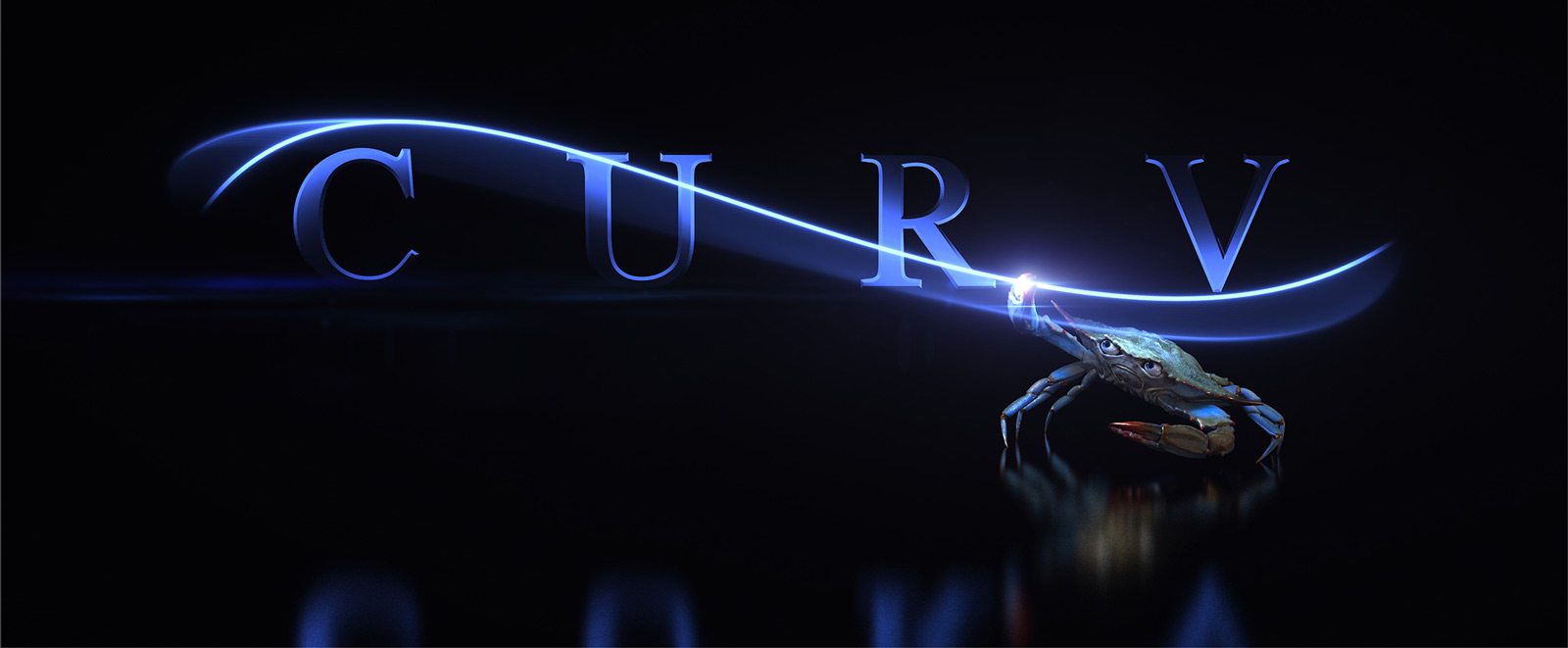Over two years and 60+ artists from over 15 countries around the world contributed to what on the surface appeared to be just one more animated short film. Dig a little deeper though and you’ll find a story over two decades in the making.
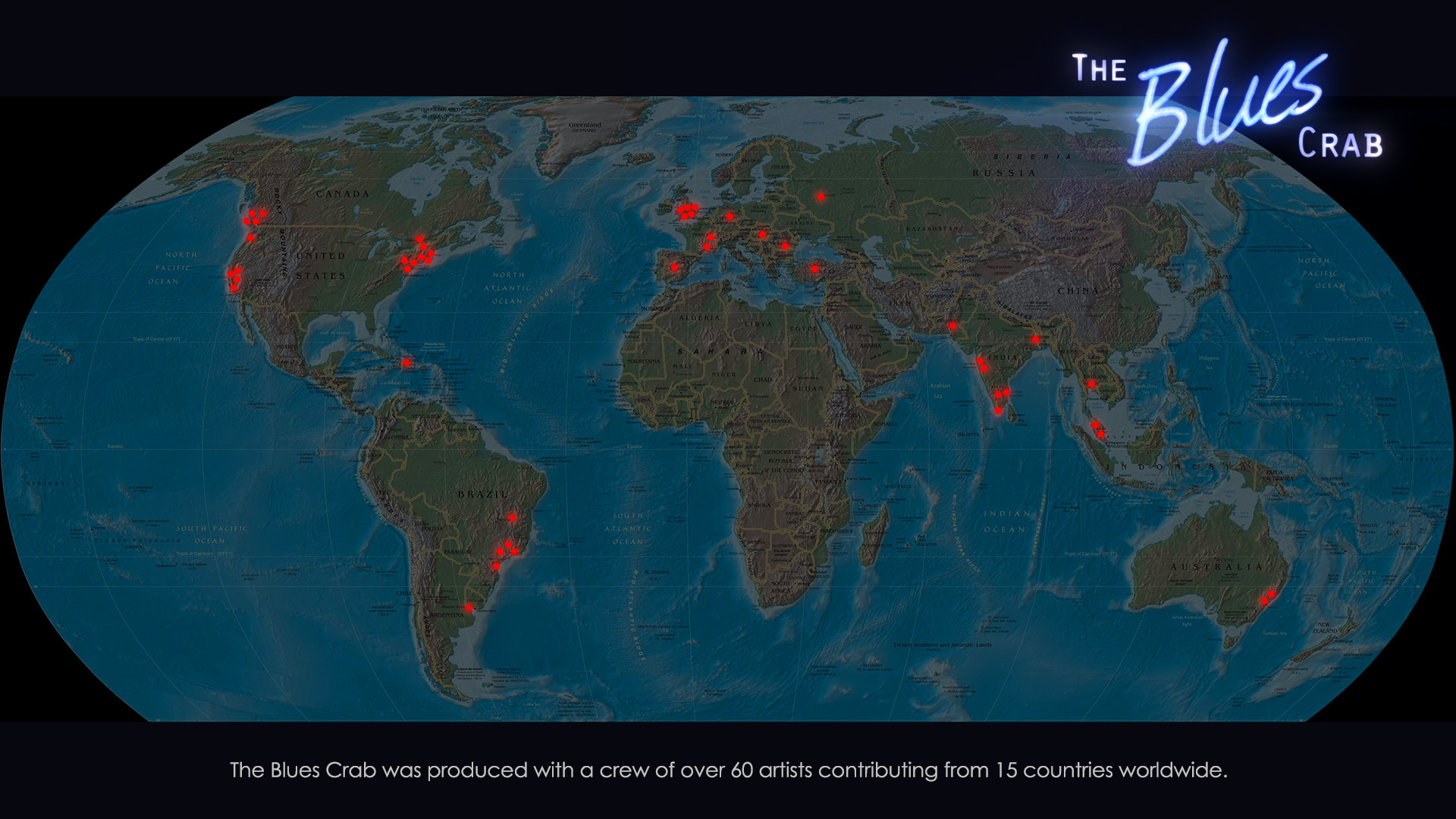
This story begins with the computer graphics industry just starting to expand in the mid to late 90’s. At that time there were only a small number of companies an aspiring artist could find work at and no universities nor vocational schools to learn this craft from. As a young artist just starting out in my career in the Washington DC region there were no opportunities in film. I had to move to San Francisco and what I found there were a handful of companies just starting to do film work but still hardly any schools which taught the craft. Everyone I knew was self-trained or learning at one of a few studios around town.

By the early 2000’s though, after the Hollywood studios had expressed that there was going to be a boom in filmmaking digital craft, and that there wasn’t a sufficient supply of talent to meet the demand, all the universities had created 4 year curriculums and several for profit trade schools opened to supply it.
Almost a decade before this though I had had to figure out how to find a job in this limited field. After sending out hundreds of VHS demo reels and resume packages per year for a few years without landing a single opportunity, I decided on a more practical strategy of finding anyone who was a professional in this industry and seeing if I could assist them in any art they were producing, whether commercial or personal. My only criteria was that the art would get enough exposure that I could also use it as a marketing piece for my skills. And that it might also provide networking possibilities were I to explore them. Now I won’t bore you with the semi-pro projects I struggled through, suffice to say this memory was part the impetus for the creation of “The Blues Crab”.
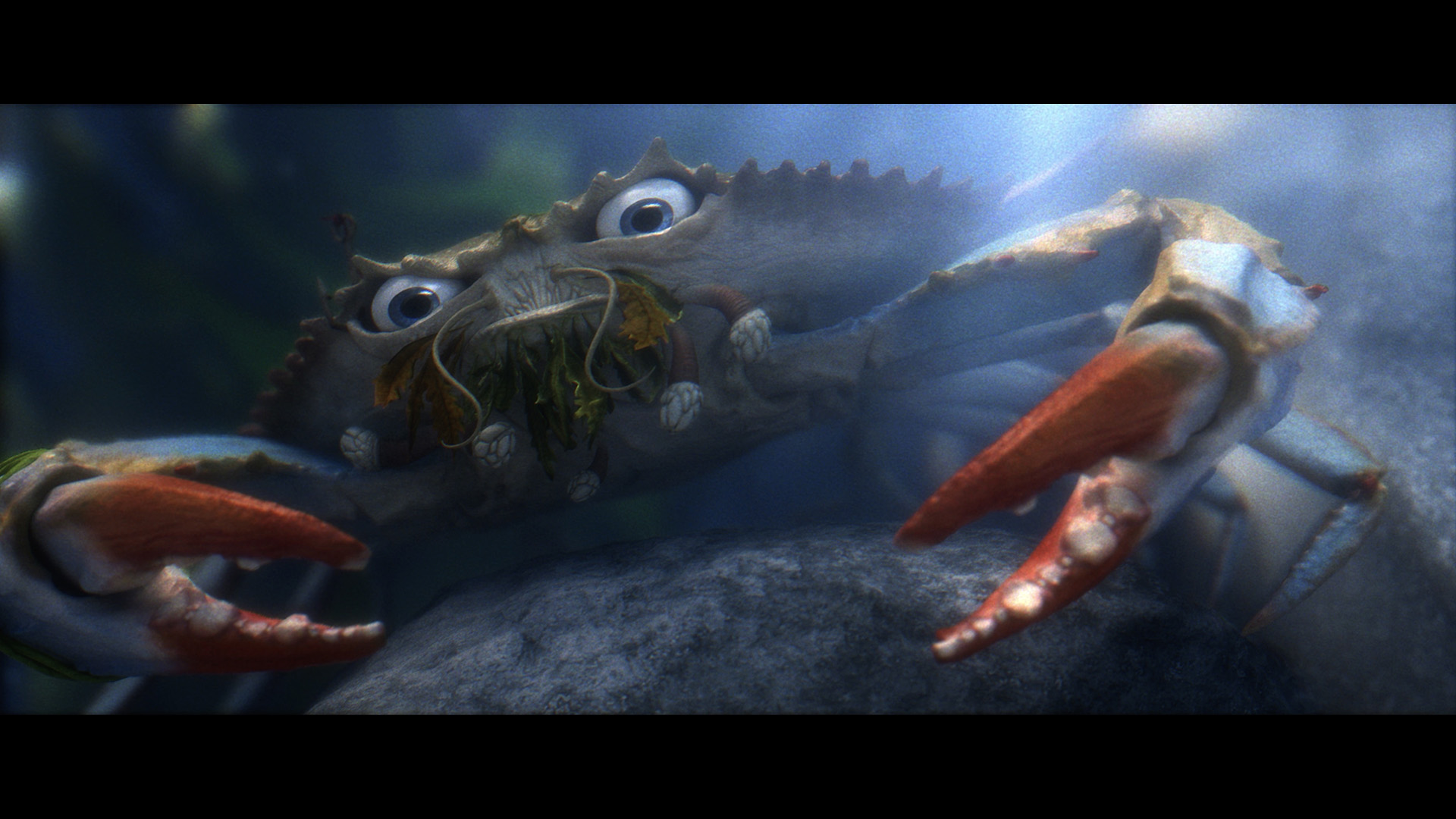
Since the year 2000 and onward technological growth and the subsequent demand for talent and more efficient, cost-effective assembly lines for entertainment product has led to the development of a global market. There are several growing pains however, while the major studios have invested in training armies of craftsman in regions around the globe, the market for opportunities for artists remains slim. For almost 20 years this effort to extend the capacity and competitive edge of larger VFX companies into multi-continent operations, has both generated opportunity for artists yet left them in much the same place I was in during the early to mid 90’s. That of having few options to explore a career in entertainment since there are very few and unsustained opportunities where they live.
When I considered how to create my short The Blues Crab, I wondered if what I experienced was universal. What if aspiring artists are all over the world self-motivated but without the means for training nor the opportunities to network or market their abilities. And what if I were to attempt a remote-based pipeline which reached out to a global pool of talent with a not for profit film so that all who might contribute would not feel exploited for free labor. And if I had just enough budget to pay a nominal rate to each artist who really needed the income, and were to submit the final film to many low cost entry film festivals around the world, all of us would get free marketing for our work, and a production crew to network with. I also figured that social media would be the primary platform to connect with the crew and to further communicate our ongoing efforts and accomplishments. Another great thing about visual effects and animation is that the craft is universal, all the tools and techniques are globally ubiquitous and our ‘tech-speak’ transcends language barriers.
I could go on about the fact that this film was a vehicle for me to explore filmmaking techniques and push technology in specific areas. How I was able to test out cloud rendering tech and remote-based production methods, and more. But what I really wanted to get across in this Blog was the fact that The Blues Crab was about a lot more than 14 minutes of entertainment. Like many film productions its about the life behind the scenes, the soul put into the machine. About an experiment in engaging artists through involvement and how much more they will contribute, how much more anyone in any field will contribute when they truly feel they are part of what’s being produced, and not just a hired hand, dispensable and forgotten.
I hope The Blues Crab inspired some and entertained others, and I thank all of our crew once again and for our audience on social media who endured 2+ years of posts on our progress. And next time you watch any film in the theater or in your home, try to imagine the lives behind the scenes, and the hopes and dreams of those who sacrifice for those “products”. We all have battles we’re fighting and the blues which result. We all get crabby and wish others could hear what we’re trying to express.
Ari Rubenstein
and now a word from Ben Cozens:
After an adventurous year on tour around the Film Festivals of the world The Blues Crab has finally stopped his travels. It is my pleasure to present the final release of the full film online on January 1st 2020.
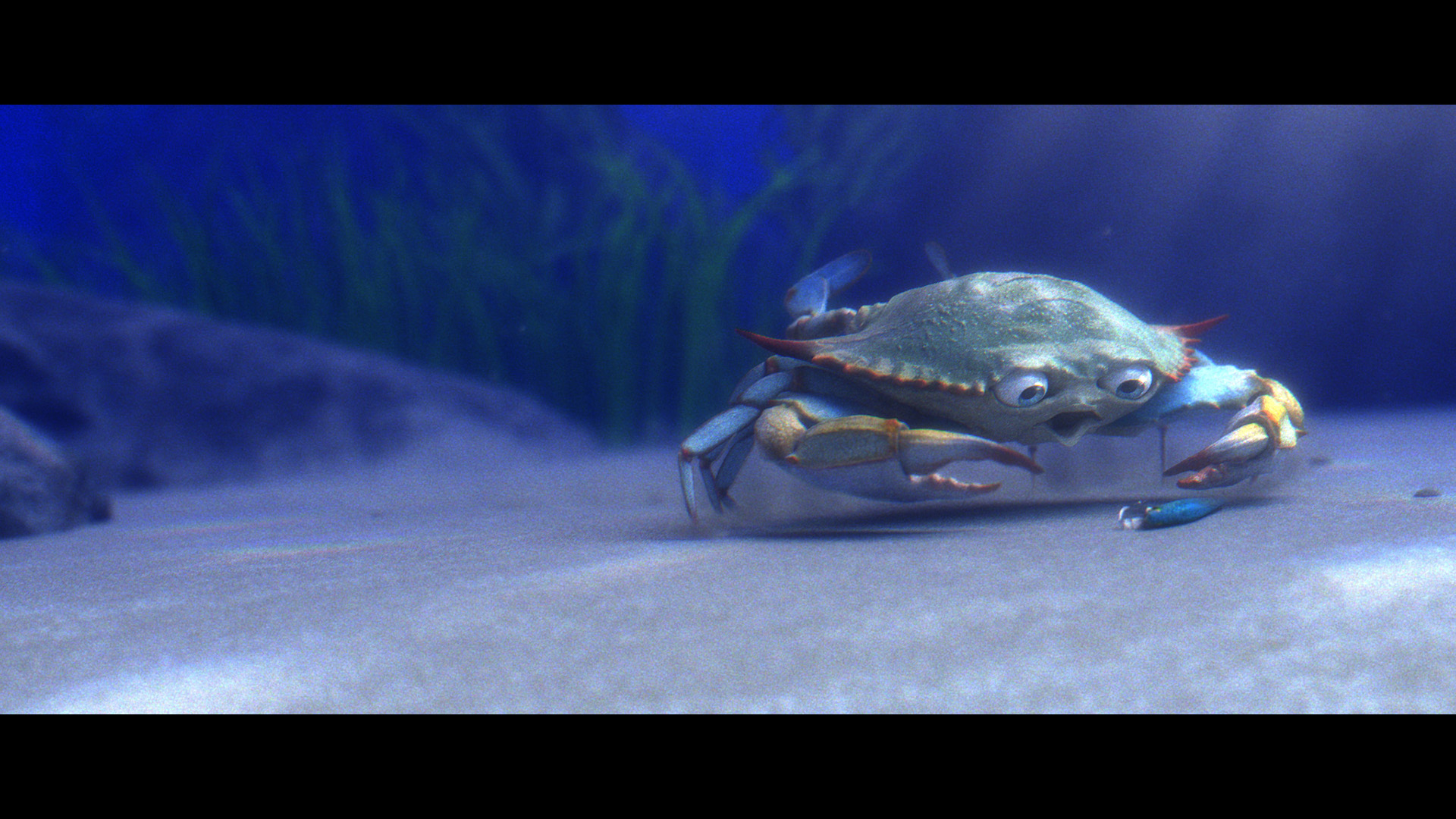
As Sound Designer and Director of Music and Audio on this wonderfully original project I’m also proud to accompany this release with the Blues Crab album Hidden Pearls. Over the 2 years of creativity Dustless Digital studios, I, Ben Cozens; Guitarist and lyricist Chris Hooks and Orchestral composer Thomas Lydon brought together many ideas to bring the scenes of the story to life and to honor the genre at the heart of this story, The Blues.
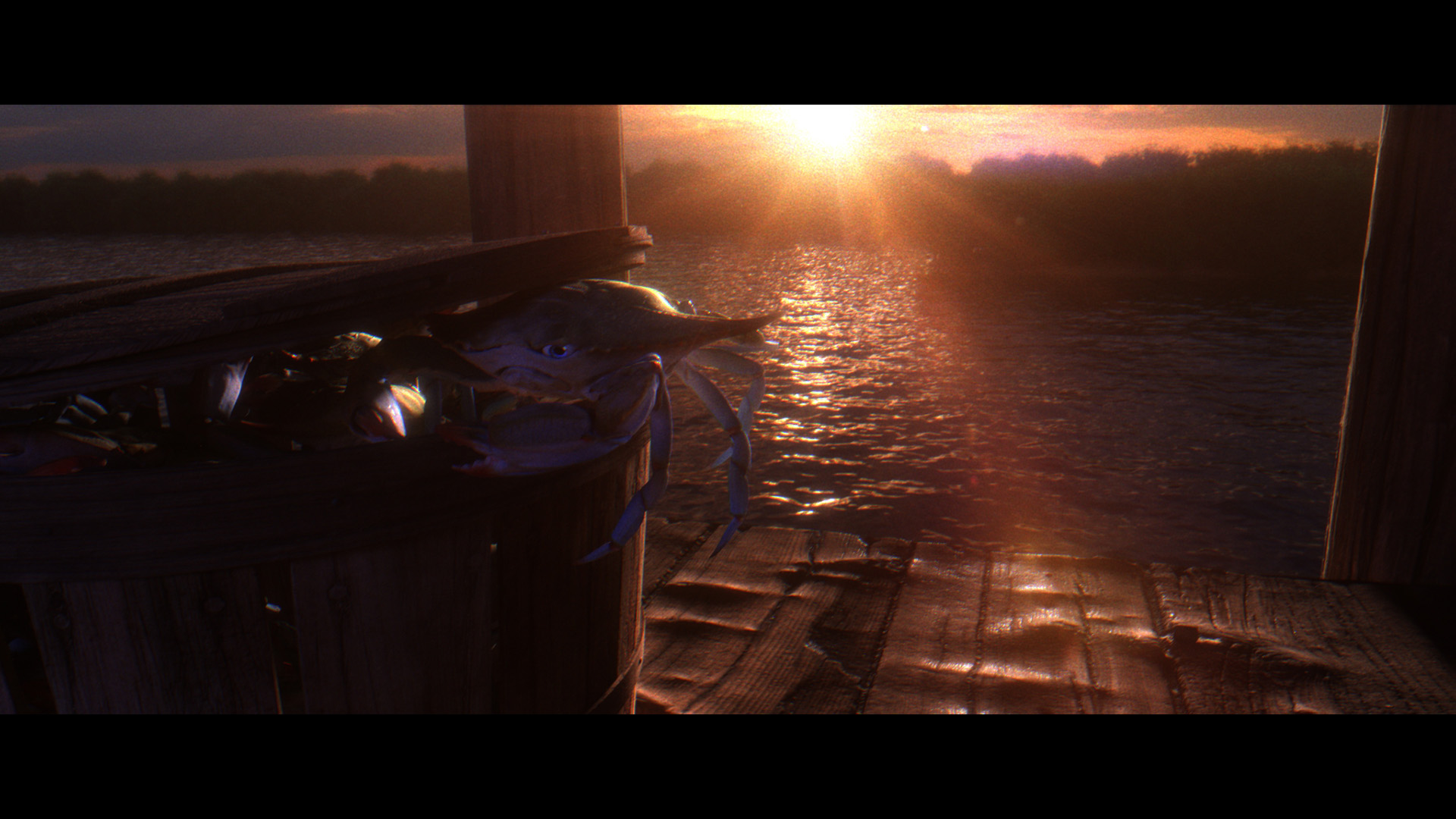
The challenge: Bringing a marriage of cinematic compositions and original Blues songs into a film with no dialogue.
The goal: To tell the story that words could not and to entertain, provoke emotion and nurture the storyline from beginning to end. All this whilst sitting comfortably with a sonic underwater environment designed to submerge the viewer in a micro-watery world in the style of a nature documentary. I have been fortunate enough to be invited to reveal the audio secrets of the film and used the following presentation to highlight the most salient points: The Blues Crab Audio Under The Surface
Working closely with Director and Writer Ari Rubenstein https://www.curvstudios.com/about/ afforded a rare experience for my role as Director of Audio. It is most unusual to begin at first sketch phase with Sound Design and to strike up a fluid partnership between sound and picture from day one. A synergy was formed which promoted a wealth of creativity from both sides and led to a most thorough exploration and production of such a short but engaging story. The music often changed as visual edits were made during the process but with such a library of compositions emerging from our work, it became a satisfying process of elimination until minds were sure and decisions final.
With huge thanks on my part to the great talents of musicians Chris Hooks and Thomas Lydon and in rewarding collaboration with Film industry veteran Ari Rubenstein, it is a genuine pleasure to present our film in full…so…at long last: The Blues Crab:
NOTE: A “FILM” button will appear on January 1st
